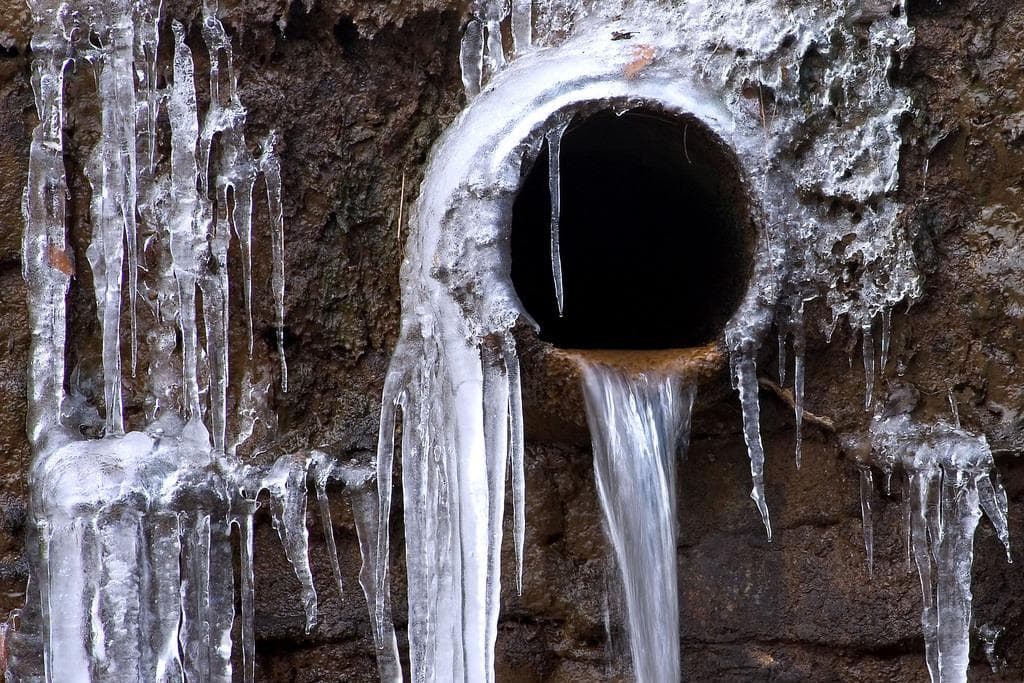Guidance for Avoiding Frozen Pipes in Winter: Expert Tips
Guidance for Avoiding Frozen Pipes in Winter: Expert Tips
Blog Article
Are you in search of critical info around How to prepare your home plumbing for winter weather?

Cold weather can ruin your pipes, especially by freezing pipelines. Here's exactly how to stop it from occurring and what to do if it does.
Intro
As temperatures decrease, the danger of icy pipelines boosts, potentially causing pricey repairs and water damages. Understanding just how to stop frozen pipes is vital for home owners in cold environments.
Avoidance Tips
Shielding prone pipes
Wrap pipelines in insulation sleeves or make use of warm tape to safeguard them from freezing temperatures. Concentrate on pipes in unheated or external areas of the home.
Heating strategies
Maintain interior rooms appropriately heated up, especially locations with plumbing. Open closet doors to allow cozy air to distribute around pipelines under sinks.
How to recognize frozen pipes
Look for decreased water circulation from taps, unusual odors or sounds from pipelines, and visible frost on revealed pipelines.
Long-Term Solutions
Architectural modifications
Think about rerouting pipelines away from exterior wall surfaces or unheated areas. Add extra insulation to attics, cellars, and crawl spaces.
Updating insulation
Purchase high-quality insulation for pipelines, attic rooms, and walls. Appropriate insulation helps preserve regular temperature levels and lowers the danger of frozen pipelines.
Securing Outdoor Plumbing
Yard hoses and exterior taps
Detach and drain pipes garden pipes before winter. Install frost-proof faucets or cover exterior faucets with shielded caps.
Recognizing Frozen Pipelines
What creates pipelines to freeze?
Pipelines ice up when subjected to temperature levels listed below 32 ° F (0 ° C) for prolonged periods. As water inside the pipes freezes, it expands, taxing the pipeline wall surfaces and possibly creating them to burst.
Dangers and damages
Frozen pipes can result in water interruptions, building damages, and costly repair work. Burst pipes can flood homes and create substantial structural damages.
Signs of Frozen Water Lines
Determining frozen pipelines early can stop them from breaking.
What to Do If Your Pipes Freeze
Immediate actions to take
If you suspect icy pipelines, maintain taps open to alleviate pressure as the ice melts. Use a hairdryer or towels taken in warm water to thaw pipelines gradually.
Conclusion
Protecting against frozen pipes needs proactive measures and fast reactions. By understanding the causes, indications, and safety nets, property owners can protect their plumbing throughout cold weather.
5 Ways to Prevent Frozen Pipes
Drain Outdoor Faucets and Disconnect Hoses
First, close the shut-off valve that controls the flow of water in the pipe to your outdoor faucet. Then, head outside to disconnect and drain your hose and open the outdoor faucet to allow the water to completely drain out of the line. Turn off the faucet when done. Finally, head back to the shut-off valve and drain the remaining water inside the pipe into a bucket or container. Additionally, if you have a home irrigation system, you should consider hiring an expert to clear the system of water each year.
Insulate Pipes
One of the best and most cost-effective methods for preventing frozen water pipes is to wrap your pipes with insulation. This is especially important for areas in your home that aren’t exposed to heat, such as an attic. We suggest using foam sleeves, which can typically be found at your local hardware store.
Keep Heat Running at 65
Your pipes are located inside your walls, and the temperature there is much colder than the rest of the house. To prevent your pipes from freezing, The Insurance Information Institute suggests that you keep your home heated to at least 65 degrees, even when traveling. You may want to invest in smart devices that can keep an eye on the temperature in your home while you’re away.
Leave Water Dripping
Moving water — even a small trickle — can prevent ice from forming inside your pipes. When freezing temps are imminent, start a drip of water from all faucets that serve exposed pipes. Leaving a few faucets running will also help relieve pressure inside the pipes and help prevent a rupture if the water inside freezes.
Open Cupboard Doors
Warm your kitchen and bathroom pipes by opening cupboards and vanities. You should also leave your interior doors ajar to help warm air circulate evenly throughout your home.

I hope you enjoyed our part on Prevent Frozen Pipes . Thanks so much for taking time to browse our piece. Do you know another person who is excited about the topic? Please feel free to promote it. Thanks for being here. Kindly check up our website back soon.
Need Help? Hire Us Now! Report this page